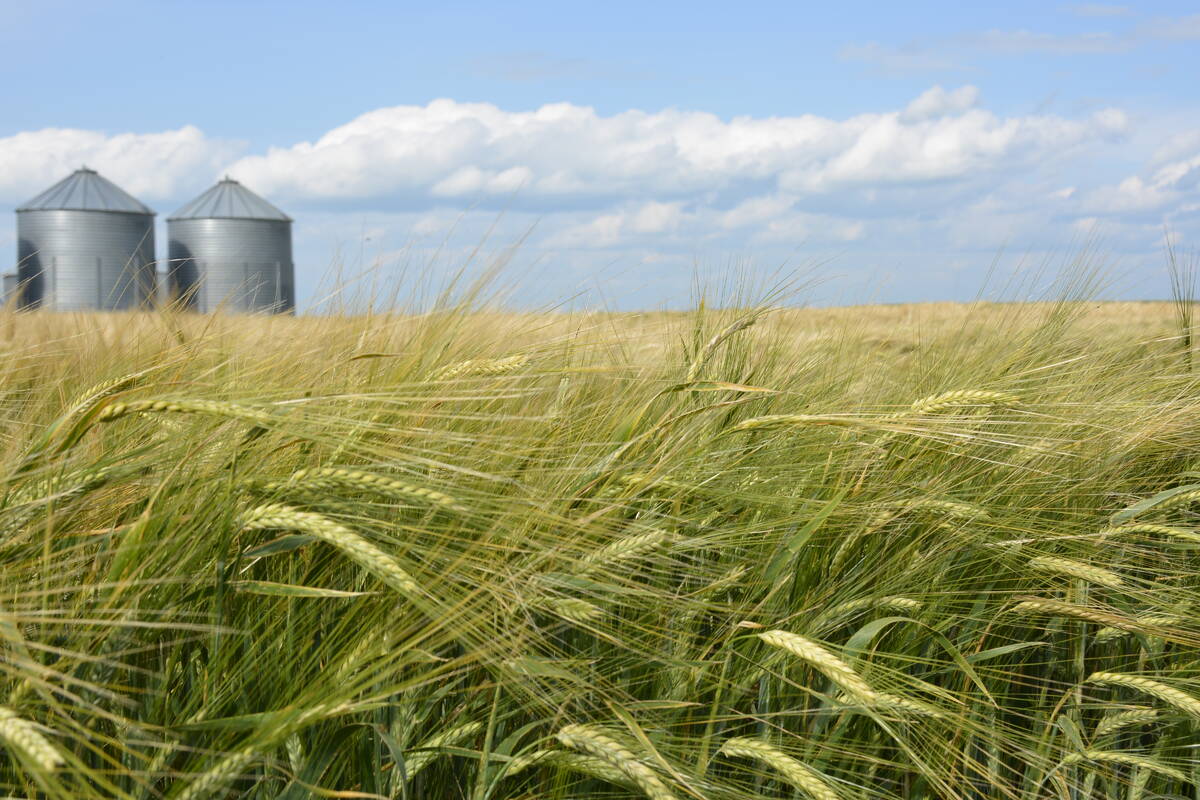Trans Pacific Partnership | Country seeks ‘regulatory coherence’
BANFF, Alta. — More than 25 years of working in the open market has turned New Zealand into an aggressive marketer that is pressuring for even greater access for its farm products.
It is also leading the charge for zero tariffs among potential members of the Trans Pacific Partnership.
“It is going to be a high quality agreement, and subsidies and tariffs would be driven down to zero and non tariff barriers would be a dream,” Alistair Polson, New Zealand’s special agricultural trade envoy, said at the Alberta Beef Industry Conference held in Banff Feb. 20-22.
Read Also

StatCan stands by its model-based crop forecast
Statistics Canada’s model-based production estimates are under scrutiny, but agency says it is confident in the results.
“We are looking for regulatory coherence.”
Accepting other countries’ inspection services and standards could ease the cost of doing business, he added.
The New Zealand government was approaching bankruptcy in the early 1980s, and one of its austerity decisions was to quickly end agricultural subsidies.
“Overnight those price supports were removed from farmers,” Polson said.
All supports were gone within five years, and he said farm productivity improved under the new system.
Agriculture is 18 percent of the country’s gross domestic product and provides 12 percent of its employment.
About 85 percent of agriculture products are exported to 150 countries, and although some industries are small by world standards, New Zealand is powerful.
Its dairy sector makes up three percent of world production, but it has cornered 33 percent of world trade. Beef has one percent of production but eight percent of the world market.
It was once the number one exporter of sheep meat, but producers shifted to dairy because it was more profitable.
The country has 11,600 dairy farms with an average of 375 cows on 320 acres. They produce 120,000 kilograms of milk solids a year.
Most farms are owner operated and the dairy co-operative Fonterra, which has been in business since 1871, handles 89 percent of the milk.
Policy analyst Al Mussel of the George Morris Centre said supply management in Canada was a policy response to economic hardship, but it is turning into a divisive argument.
“It is either an inefficient system and get rid of it right away, or protect it at all costs because it is perfect. I don’t think either one of those is quite correct.”
He said Canada suffered from chronic low prices and seasonal surplus fluid milk before supply management was formed 40 years ago.
The government spent more than $100 million a year to buy surplus butter and skim milk powder in the late 1960s.
Supply management created high, stable milk prices, controlled production and lowered costs to government.
It has also carried heavy implicit costs.
Strains on milk supply management resulted in slow market growth, a worsening dairy trade deficit, cumbersome high price formulas and inefficient milk allocation among the provinces, he said.
Quota prices have increased dramatically, approaching $39,000 in Alberta in February.
Mussel also said the import tariff of more than 200 percent is becoming less effective in keeping out imports.
The program can be reformed and some provinces are already pursuing this.
“There are major opportunities legally to cut costs from the operations of this system,” he said.

















